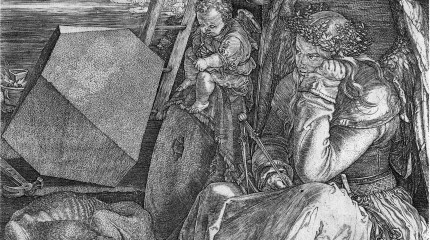The judicial need for swift effectiveness brings evidentiary proceedings in a complicated conversation. Even though law is intended to be structured within the pursuit of the good, there is a gap between the true context of visual documentation and its makings as a factual piece of evidence. Margaret Davies asks the question in why science answering sciences natural intervention of empirical scientific theory into legal practice. The intervention of western scientific thought replaced its previous theological practice as a new norm for regulating, and imposing justice. When there is an intent for social regulation, with the pursuit of fact based evidence to impose the law there can be a dangerous space when science does not fit legal interpretation. Peter goodrich in Historical aspects of legal interpretation describes how fickle legal interpretation can be in hermeneutics and exegesis, through the more structured based science of linguistics. the interpretation of text can be a bit more rectified to a truth when analytical space is created for the code. However, the interpretation of language aside law is still left with the question of image based evidence. If there is a semblance of structured legal interpretation of language this leaves no legal standing infrastructure for the image to be correctly interpreted. This leaves the evidentiary image only described, and interpreted through the lense of a pre existing legal language. It is important to note the lack of possible scientific language used to fully contextualize documented events. The image is always vulnerable to altered interpretation to sway what should be a factual argument. We can see this manipulation today in the American prosecution of police violence and their image based evidence.
2 thoughts on “The malleable ekphrasis of image based evidence.”
Leave a Reply
You must be logged in to post a comment.

When considering methods for producing knowledge, we have to consider that this knowledge has always been produced by a situated human being. This “observer” was situated at a certain time and point in space. He was himself produced by a determined society and culture. He might chose to frame his question in a very precise way that will exclude competing descriptions.
In Why Science, Margaret Davies refers to these epistemological limits of scientific disciplines. These concerns about the limits of knowledge include the problem of legal evidence. The credit given to science-based evidence should make us reflect about the potential bias that could contaminate the judicial process.
We should be responsible about the uncritical use of science-based evidence, especially when scientific evidence from experts tend to be regarded as a superior source of legal facts at the expense of testimonies without special scientific credit.
As to images, which interpretations would be deemed valid ? Who are those who are give this supposedly neutral interpretation of images ? In the neighbouring subject of testimonies, Elisabeth Loftus showed how the consciousness of eye witnesses could be led to create imaginary memories. This highlights the need to examine the source of the image (the observer of the hard evidence) itself. Who made the image? Why was it made in such a manner ? What is absent in the picture ? Image-based evidence tends to conceal other informations by distracting the attention. This in inself (the weight given to particular evidence) can be an important source of bias.
Today, attempts to reduce observer’s biases can be found in the method of modelization which emphasizes the collection of an enormous amount of facts to derive regularities from the mass of information collected. This is not unlike the hypothesis of a naive observer.
This mode of acquiring knowledge seems uncannily similar to methods of information gathering used by states today. Even before an offense is committed, investigators get evidence against citizens pre-emptively by massively collecting information on the whole population. Maybe the key to justice and equality lies in the unbiased indiscriminate surveillance of everyone at all times.
The following is a response to my above and first query prior to the course.
Perspicua vera non sunt probanda meaning Plain truths need not be proved. Co. Litt. 16. It is a legal term used by professor Peter Goodrich, a professor and director of Law and Humanities at Benjamin M. Cardozo school of law. His lecture on “the visual threshold of law” in 2011 explains the conversation between legal language and an objective view on image based evidence. More specifically, developing a language adherent toward the interpretation of an images solely for a court case. The legal language never exemplifies an objective reading of the image, but develops a legal image vernacular to recreate a reality. The lawyer should not be concerned with what the image holds, but with how to recreate the image within a lawyer’s oration.
“Things that can be seen clearly do not need to be proven – visual apprehension and not visual literacy for lawyers ” -professor Peter Goodrich
Professor Goodrich’s stance is that the the image has an inherent fact on the surface, and the image does not need to be proven. If this is the assumption that the law and the public must have of images as being factual, then it is also assumed that the language that follows cannot alter the image’s literacy. Goodman explains with interesting trickery, through the lawyer’s image apprehension and not a lawyer’s image literacy. He states it is already implied that the image is impenetrably factual, even before the lawyer beings to speak. Therefore, the lawyer’s oration is simply descriptive, and can never alter what the viewer sees. It should be repeated that even the most objective, or slightest use of language, even its absence will alter the image as Lacan has stated above. As well as photography’s inherent process of cropping and skewing or flattening perspectives proves that image is subjective.